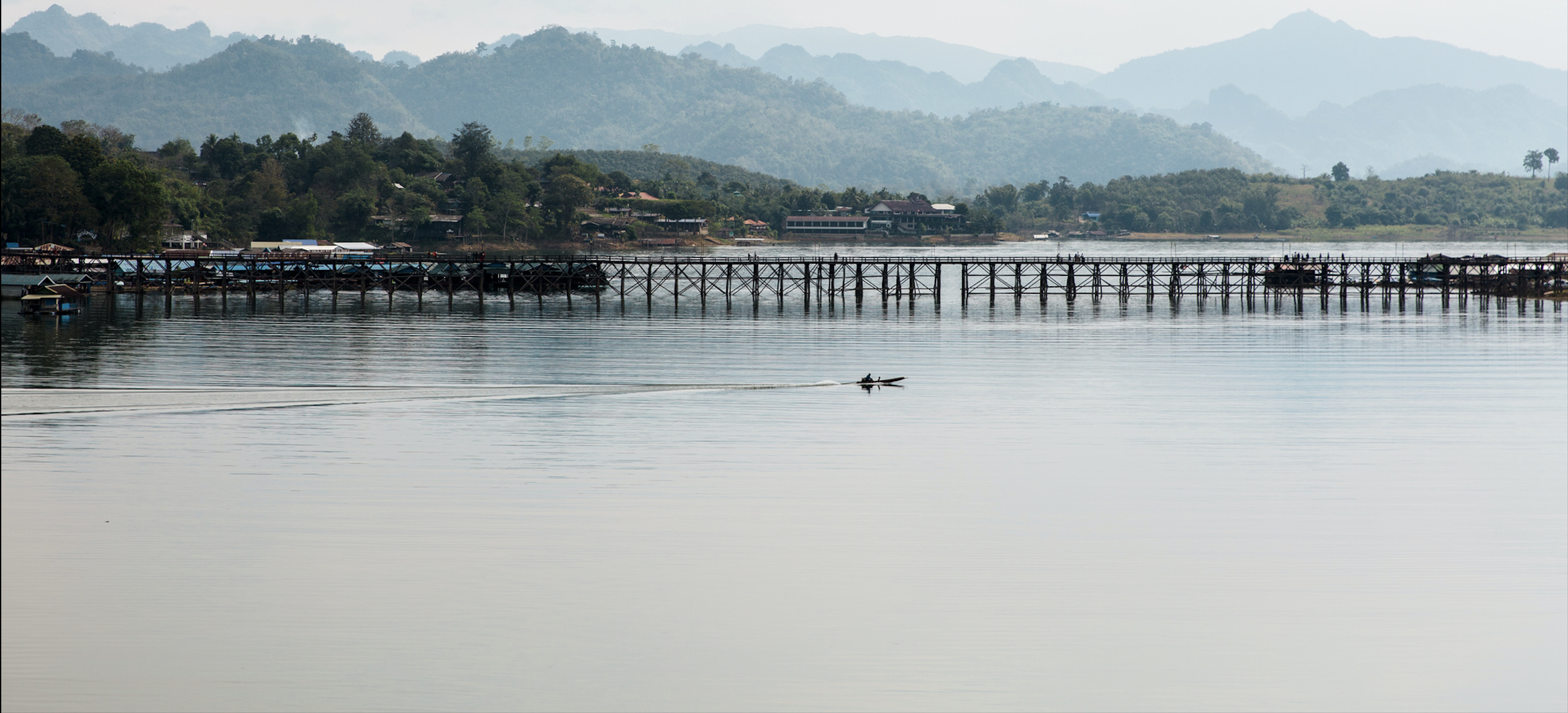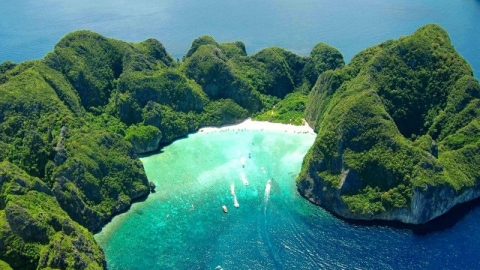Where the rains rarely stop
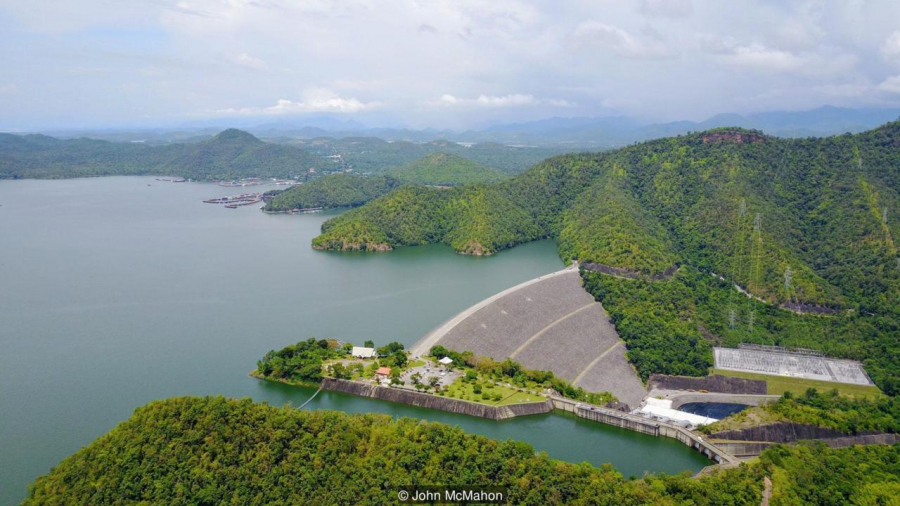
Located in a remote area, the mountain town of Sangkhlaburi in western Thailand has an indelible connection with"water". The jagged rocky peaks that surround the town are shrouded in plum-colored clouds that, combined with cool air masses blowing inland from the Andaman Sea across the Myanmar border, bring constant rain to the region at least 300 days a year. The rains that have fed three rivers over millennia have createdRiver Kwai Valley.
The town was submerged

Thailand’s first hydroelectric dam was completed in 1982, to supplement the country’s growing electricity needs and create a steady water source for irrigation across Kanchanaburi province. When the dam was completed, it created the 120,000 sq km Khao Laem reservoir, submerging the small valley town of Sangkhlaburi. Residents moved their homes and businesses to higher ground a few kilometres away from Wang Ka – a village formerly inhabited by the Mon tribe – who had migrated to Thailand from Myanmar to escape persecution in what was then Burma.
Two towns become one

After part of the village was submerged, the Sangkhlaburi community split into two groups: those who relocated to higher ground and those who remained in the old village. They face each other across the reservoir into which the Sangkalia River flows. One side is populated by Mon, Karen and Burmese speakers, with narrow streets lined with traditional bamboo and wooden houses. The opposite bank is predominantly Thai. Here, guesthouses and hotels hug the rim of the reservoir, while convenience stores and air-conditioned restaurants sit next to food stalls and shops.
Several families on either side of the town live in floating homes and make a living from fishing and aquaculture. Like floating nomads, they move their homes around the reservoir as the water level changes throughout the year.
An important artery

Faced with this isolation, a hand-built teak bridge was started in 1986 to connect the two communities. With a simple, straight structure and few supporting structures, it is the longest free-standing wooden bridge in Thailand and the second longest in the world at 850m. It is the lifeline between the two communities, allowing traders, students and tourists to travel from one side of town to the other on foot.
A stateless person
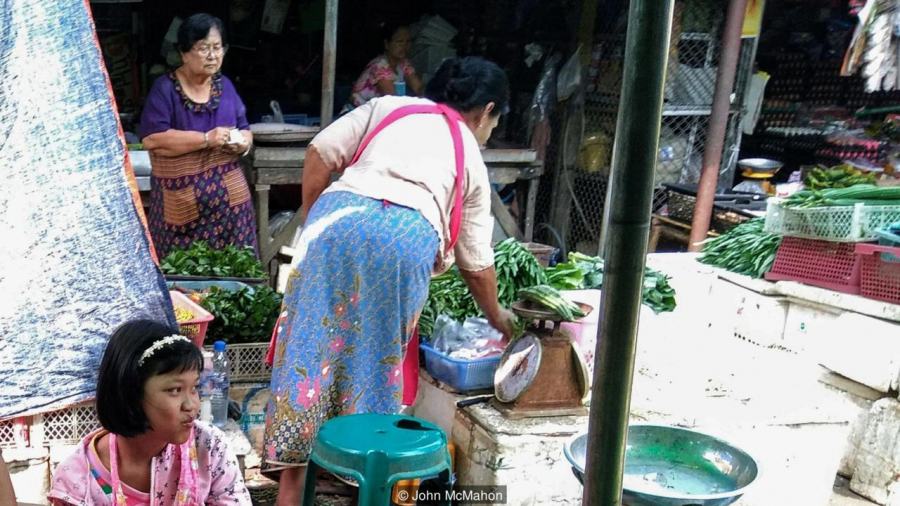
The Mon are one of the original ethnic groups living in the eastern plains of Myanmar (formerly known as Burma) after migrating from China more than 1,000 years ago. Over the centuries, many Mon migrated across the border into Thailand to escape ongoing conflict between the Burmese government and various ethnic groups. Several thousand Mon were forced back to Myanmar by the Thai government in the mid-1990s, but they have received permission from the Thai government to live in Sangkhlaburi and several other areas across the country, although many are not recognized as Thai citizens.
A model community
“I am Mon and I am also Thai,” Luk Luk Wah said as she prepared traditional Mon dishes such as fish curry soup in her shop near the foot of the bridge in the Thai area. Her mother, a Mon, came to the town after her home was submerged by a reservoir, and that is how Luk Wah obtained Thai citizenship. She and her husband, Tong, whom she met after he moved to Sanghlaburi from Bangkok, see the town as a model community where many cultures can coexist without conflict.
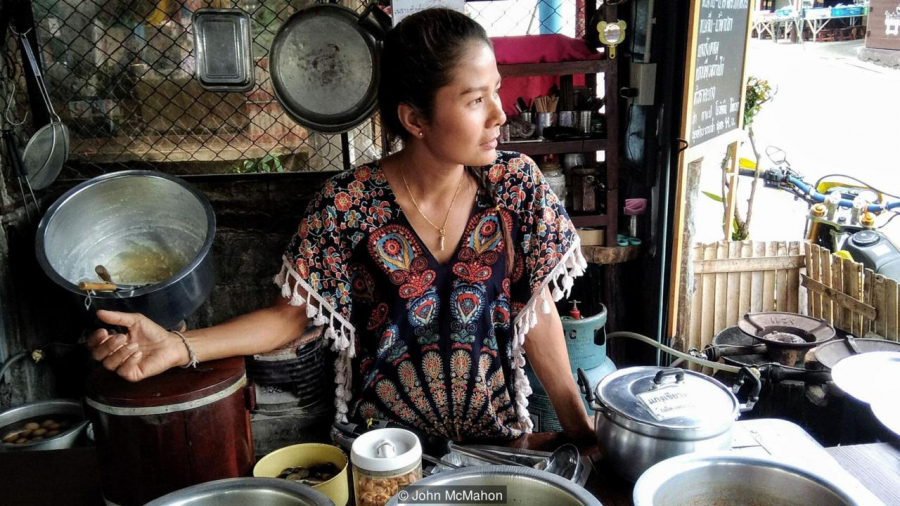
"I grew up in the suburbs of Bangkok. For most of my friends and family, leaving that bustling city was unthinkable, but I'm happy here, in a quiet town, learning the Mon way of life," said Tong.
A beacon of peace
Even as Sangkhlaburi residents of Mon descent have assimilated into the Thai community, Mon students attend Thai public schools and their parents regularly do business with each other, and both ethnic groups take great pride in keeping their cultures alive. When they leave school and return home, Mon children are taught their language, songs and stories.
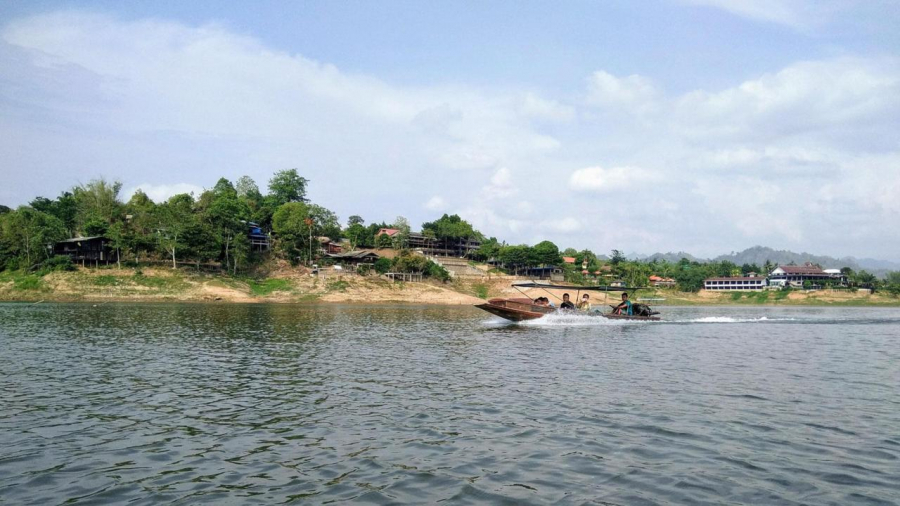
The Mon residency permit in the area has even attracted ethnic minorities from Pakistan looking for a peaceful place to live. This cultural diversity is evident in the Thai area, where a multitude of languages are spoken and food stalls are able to serve dishes from lentils and roti to Thai green curry.
A growing tourist destination
In 2013, when heavy rains flooded the Sangkalia River, the bridge’s foundations collapsed at a span of 70m. The massive effort to rebuild the bridge was reported nationwide, raising the town’s profile and making it more popular, resulting in an increase in tourist traffic. Today, visitors are drawn to the natural beauty and architectural sites of this remote and unspoiled area.
Remnants of a vanished settlement
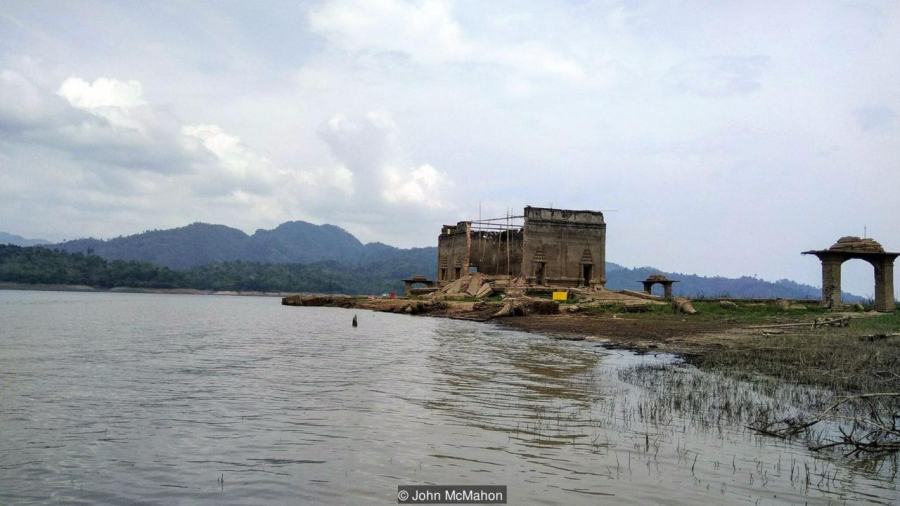
One of the most popular tourist attractions in the area is Wat Saam Prasob – a Mon temple that was submerged 40 years ago along with the old Sangkhlaburi area. During the dry season from November to February, when the reservoir recedes, the temple re-emerges from the lake. During this time, a makeshift altar is set up at the entrance for worshippers. Incense is burned, prayers are chanted and Mon children eagerly sell small fish, eels and turtles to devotees. They release them back into the lake as an act of merit, a Buddhist practice in which believers perform good deeds to bring them closer to enlightenment.
Two parallel communities exist

Despite the growing influx of tourists, Sangkhlaburi has retained its unique “dual” character, with a wooden bridge connecting the Mon and Thai communities. “The border is just a line, not a mountain, so it’s not difficult to cross,” said Pe Win, a Mon.





